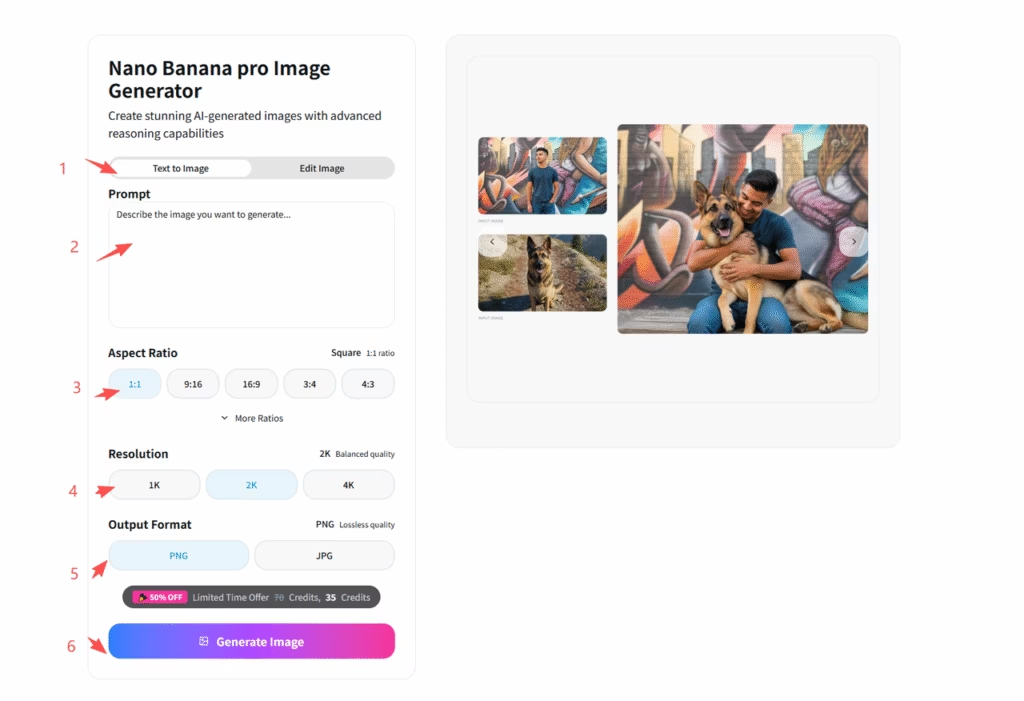When we think about branding, logos and color palettes often take center stage. However, one design element that plays a surprisingly powerful role in how we perceive a brand is typography. The fonts and typographic styles chosen by businesses not only influence readability but also convey emotions, tone, and personality. Whether you’re walking past a storefront, flipping through a magazine, or looking at banner printing Edmonton, the typography used can impact how you feel about the brand almost instantly.
Typography as the Voice of Visual Design
Typography is more than just selecting a nice-looking font. It’s a core element of visual communication that acts as the voice of a brand. Just like tone of voice influences how spoken words are received, the visual tone set by typography shapes how written messages are perceived.
Take two different fonts: a traditional serif typeface like Times New Roman, and a modern sans-serif font like Helvetica. The first communicates formality and trust, making it popular in law firms and newspapers. The latter feels clean and modern, often used in tech and lifestyle brands. The typography you choose becomes a silent representative of your values and culture.
The Psychology of Fonts
Typography taps into psychological triggers. Serif fonts, for instance, are often seen as reliable and academic, while sans-serif fonts are viewed as efficient and contemporary. Script fonts can feel personal or artistic, while display fonts may convey boldness or eccentricity.
Studies have even shown that people form opinions about a product’s credibility and quality based on its typography before reading a single word of content. Subtle changes in font weight, spacing, or alignment can completely shift the impression a brand gives off.
The Historical Roots of Typography and Brand Identity
Typography’s impact on brand perception is not a new phenomenon. Even in the early days of print advertising and product packaging, fonts were carefully selected to resonate with specific audiences.
In the mid-20th century, the rise of mass media advertising saw brands begin to use typography as a way to stand out in crowded markets. Coca-Cola’s distinctive script logo, for example, has remained largely unchanged for over a century and continues to evoke familiarity and nostalgia.
Corporate giants like IBM and Apple revolutionized how typography is used to signal innovation and professionalism. IBM’s type-heavy ads in the 1960s, using Helvetica and Univers, spoke volumes about precision and trust. Meanwhile, Apple’s minimalistic aesthetic and sleek type choices reflect simplicity and futuristic thinking.
Today, typography is a key component in crafting cohesive brand identities that must remain consistent across various mediums—digital, print, signage, and more.
Context Matters: Where Typography Meets the Audience
Typography doesn’t exist in a vacuum. The medium and context in which type appears significantly influence its effectiveness and interpretation.
Consider how type functions on:
- Websites: Digital fonts must prioritize readability and scalability. A poorly chosen typeface can increase bounce rates and lower trust.
- Packaging: Fonts on food packaging may suggest freshness, indulgence, or health depending on their style.
- Signage and banners: At a glance, type must be legible from a distance and communicate quickly. This makes choices around size, contrast, and weight especially important in banner printing in Edmonton.
Typography’s interaction with physical and digital environments shapes how the brand message is received. An elegant serif might work beautifully in a printed brochure but fail to resonate on a smartphone screen. This makes adaptive typography crucial for modern branding.
Typography as a Brand Differentiator
In a saturated marketplace, distinctiveness is key. Typography can help brands carve out their niche by reinforcing unique identity traits.
Consistency vs. Experimentation
Consistency in typography across brand materials builds recognition. Consumers come to associate certain typographic styles with specific brands. Think of Disney’s whimsical type or The New York Times’ iconic Blackletter masthead.
But typography can also be a playground for creative experimentation. Some brands use dynamic typographic systems that adapt to various contexts without losing their core identity. This is especially true in industries like fashion, art, or entertainment where fluidity and creativity are valued.
Typography and Brand Voice
Typography should match the brand’s voice. A wellness brand with a calming tone might use rounded, soft-edged fonts, while a cutting-edge tech startup might opt for sleek, geometric sans-serifs. Typography becomes a mirror of how the brand speaks and behaves, both visually and conceptually.
Typography Trends and Their Impact on Branding
Typography, like fashion, goes through trends that reflect cultural and technological changes. Brands that stay informed about these trends can remain visually relevant and relatable.
Some notable typography trends include:
- Variable Fonts: These allow designers to manipulate weight, width, and slant in real-time, offering both flexibility and performance.
- Custom Typefaces: Brands are increasingly investing in proprietary typefaces that reflect their unique identity. Netflix, Airbnb, and Uber have all launched custom fonts in recent years.
- Nostalgic Type: Retro-inspired fonts are making a comeback, appealing to consumers’ emotions and sense of familiarity.
- Bold Serif Revival: Once considered old-fashioned, bold serif fonts are being used in modern, edgy ways, merging tradition with innovation.
Following trends should never come at the cost of legibility or brand clarity. Still, staying aware of evolving type styles can help brands stay fresh and competitive.
Final Thoughts: The Subtle Power of Letters
Typography may not shout for attention like bold colors or flashy graphics, but its influence runs deep. It shapes perception before a single sentence is read, setting the emotional and conceptual tone of a brand.
From historical roots to modern trends, from print to digital, typography remains one of the most flexible and essential tools in brand communication. Whether you’re working on digital content or physical signage like banner printing in Edmonton, understanding the power of type helps ensure your message resonates with clarity and intention.
The next time you see a beautifully designed poster or an eye-catching storefront, take a moment to consider the typography. Chances are, it played a bigger role than you realized.






